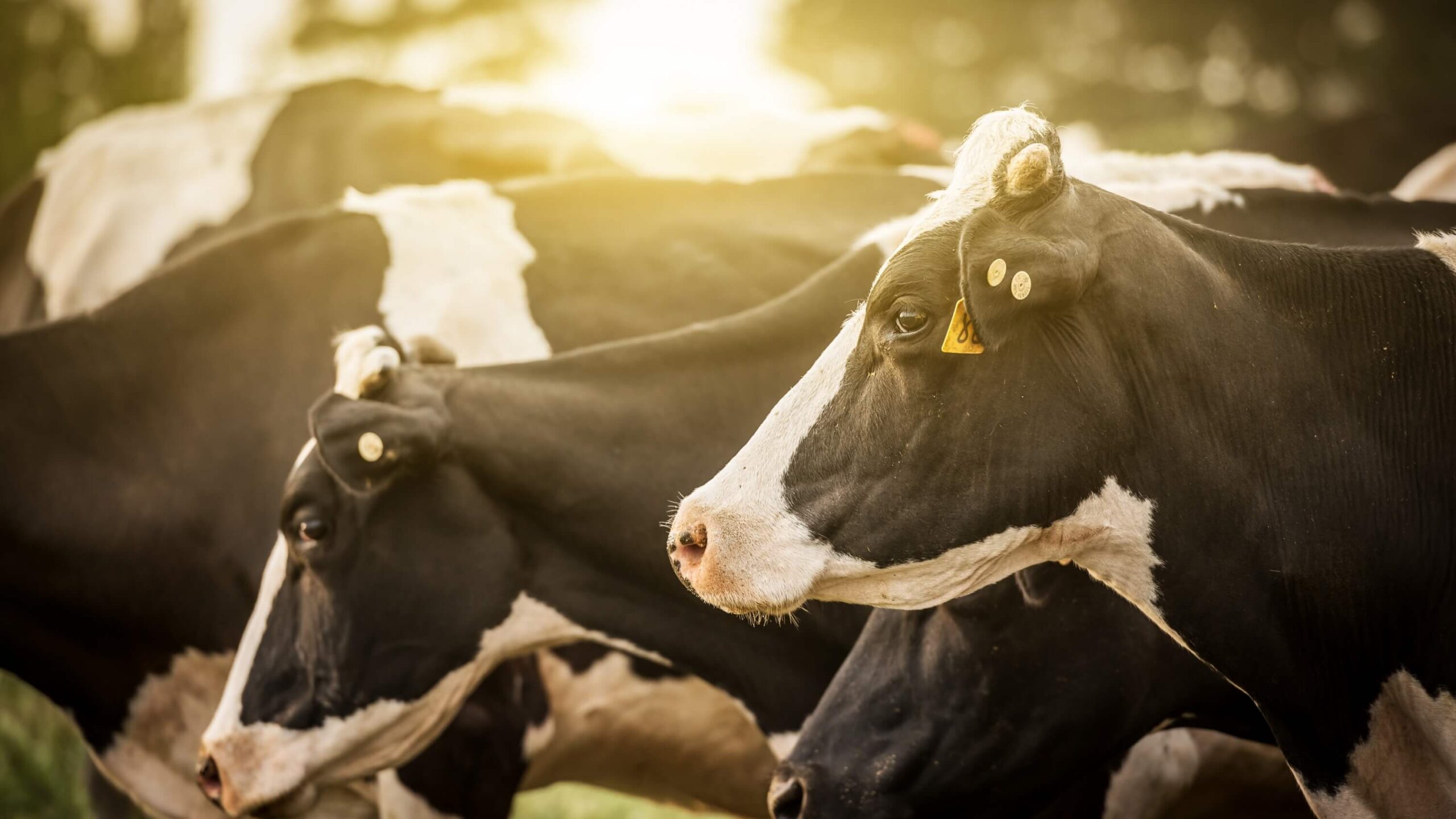
Noelia Silva del Rio Featured in Dairy Science Digest Podcast
Insights From Dairy Herd Health Expert
Dr. Noelia Silva del Rio is an associate specialist at the UC Davis School of Veterinary Medicine, based at the Tulare Veterinary Medicine Teaching and Research Center in Tulare, California. She’s an expert in dairy cattle herd health with a focus on management, antimicrobial stewardship and dairy worker training.
She recently published “Relative Availability of Five Inorganic Magnesium Sources in Non-pregnant Non-lactating Holstein Cows” in Journal of Dairy Science. The study examined five magnesium sources in non-lactating cows. Among the five was Multesium, a GLC Minerals product formulated to deliver production and digestive support to dairy cows.

Silva del Rio on ‘Dairy Science Digest’
“Dairy Science Digest” is a monthly podcast developed for dairy producers to share new research published in Journal of Dairy Science. It’s hosted by Reagan Bluel, a dairy specialist at the University of Missouri and recent topics include subclinical mastitis, microbiome within the rumen and the six-day CIDR sync.
Silva del Rio was the guest on the August episode, “Magnesium Matters.” The 25-minute interview discusses her research on the rumen availability of magnesium sources, the importance of magnesium and how to improve the mineral status of a herd.
Examining Magnesium Source Solubility
Magnesium, an essential mineral, is a cofactor in 300-plus enzyme systems.
When it comes to dairy cow diets, calcium and phosphorus get a lot of attention. But there is growing awareness of the importance of magnesium—sometimes called “the runner-up mineral” in the dairy cow diet.
Magnesium is essential for many functions, including energy production, digestion and immune support. It helps regulate blood pressure, blood sugar, and muscle and nerve function and activates vitamin D. As Silva del Rio explained in her “Dairy Science Digest” interview, humans who struggle with vitamin D deficiency despite taking supplements would benefit from a magnesium boost.
“In France, 67% of men and 70% of women, they identify that they have inadequate magnesium, and in children 40% have seen that they are suffering from low magnesium. So in humans, it seems like the literature is growing on the importance of magnesium because of the importance that it has on the biological functions and/or diets,” she said. “I think we can also translate that into cows.”
Putting Magnesium Solubility to the Test
The study tested the solubility of five magnesium sources. Solubility refers to the fraction of the mineral that after being exposed to the digestive environment, is available for absorption and transfer to blood circulation. A high soluble mineral is of a high nutritional value for the animal nutrition.
In the study of five magnesium sources in non-lactating cows, Multesium had a similar relative availability to three commonly used inorganic magnesium sources and was superior to a calcium magnesium carbonate. Multesium showed strong absorption, meaning reduced feed rates and a lower cost per head for dairy producers.
Expert Recommendations
Big picture, Silva del Rio said dairy producers should pay attention to the amount of magnesium they’re providing their herd. Calcium and phosphorus are often top of mind, but coming up short with “the runner-up mineral” can lead to many problems. And the solubility of that magnesium source matters.
“Regardless of whatever you are using, it is important to do some screening to know when you’re buying the (mineral) source, your supplier is actually analyzing and having quality control look at the products that are included in the mineral mix,” she said. “We need to start taking ownership of that and learning a little bit about the quality of the product that we’re including.”